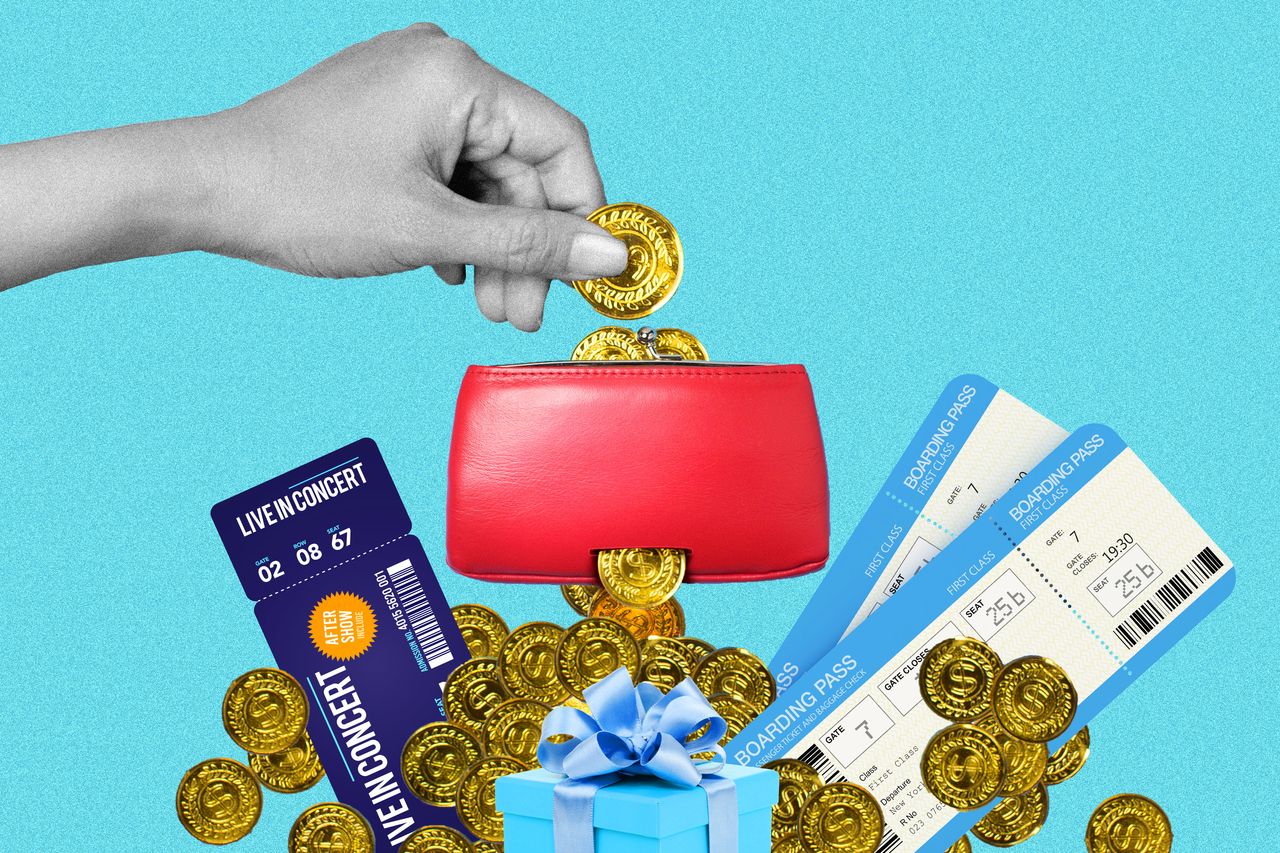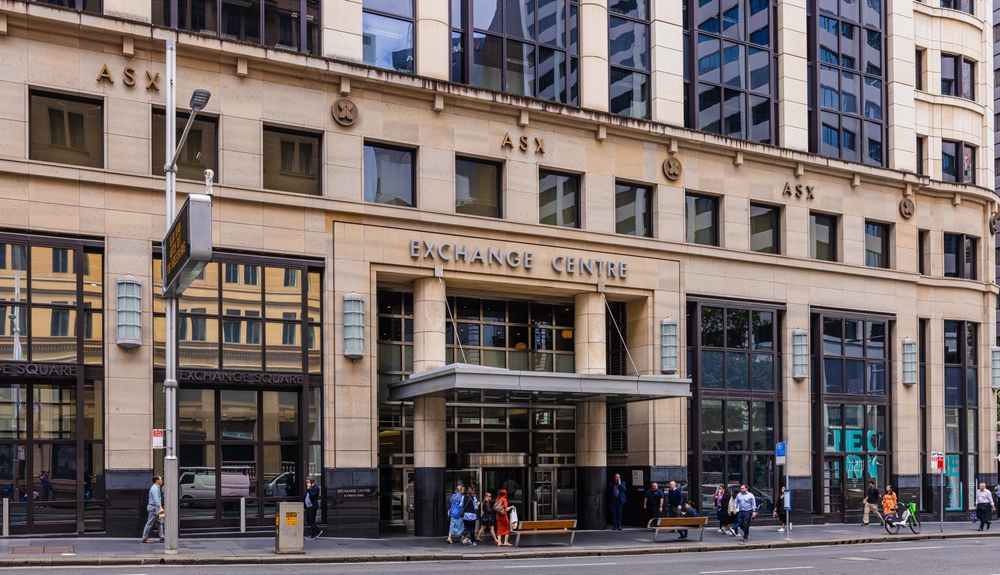Americans Are Still Spending Like There’s No Tomorrow
Concerts, trips and designer handbags are taking priority over saving for a home or rainy day
Consumers should be spending less by now.
Interest rates are up. Inflation remains high. Pandemic savings have shrunk. And the labour market is cooling.
Yet household spending, the primary driver of the nation’s economic growth, remains robust. Americans spent 5.8% more in August than a year earlier, well outstripping less than 4% inflation. And the experience economy boomed this summer, with Delta Air Lines reporting record revenue in the second quarter and Ticketmaster selling over 295 million event tickets in the first six months of 2023, up nearly 18% year-over-year.
Economists and financial advisers say consumers putting short-term needs and goals above long-term ones is normal. Still, this moment is different, they say.
A tough housing market has more consumers writing off something they’d historically save for, while the pandemic showed the instability of any long-term plans related to health, work or day-to-day life. So, they are spending on once-in-a-lifetime experiences because they worry they may not be able to do them later.
“It’s not a regret-filled, spur-of-the-moment decision,” says Michael Liersch, who oversees a team of advisers as head of advice at Wells Fargo. “It’s the opposite of that, where I would regret not having done it.”
Liersch cautions that it’s too soon to say whether the spate of spending is a fleeting moment or a new normal. And consumers remain frustrated about inflation as the price of many goods remains significantly higher than a few years ago.
Ibby Hussain, who works in marketing for a financial communications firm, says the Brooklyn, N.Y., apartment he and his fiancée rent for $3,000 a month would cost a million dollars to buy. At current rates, that means around $5,000 a month after a $200,000 down payment, not including property taxes. “And it’s not even that nice of an apartment.”
So, instead of saving for a down payment like he expected to after turning 30 and getting engaged in the past year, he splurged.
First, he bought a $1,600 Taylor Swift Eras Tour ticket and then he spent $3,500 on a bachelor party trip to Ibiza, Spain.
“I might as well just enjoy what I have now,” he says.
A travel boom
Ally Bank, whose online platform started allowing customers to create savings buckets for different goals in 2020, says users create about one-and-a-half times more experience-oriented buckets such as travel and “fun funds” versus those associated with longer-term planning.
Lindsey and Darrell Bradshaw went into credit-card debt to finance a vacation to Maui this past spring. The couple booked the trip only a few weeks after Lindsey, 37, quit her job to be a full-time caregiver to their 8-year-old son, who has special needs.
“We did not have the money and we were like, ‘Let’s just do this anyway,’ ” says Darrell Bradshaw, a 39-year-old general contractor in Seattle.
The trip cost about $10,000, including three, $1,000 last-minute plane tickets, 10 nights at a $385-a-night 4-star resort and several elaborate meals.
Even though the family decided to cancel subscriptions and cut back on dining out to help offset the bill, they say they have no regrets—especially since they got to see Lahaina just a few months before it was decimated by deadly wildfires.
Fears about a changing climate are driving some people to try to see places before they’re gone. In a monthly Deloitte survey of 19,000 global consumers, climate change was the only topic among 19 different concerns that respondents reported feeling significantly more worried about over the past year.
Josh Richner says he greatly lowered his retirement contribution to afford a cross-country trip that included a $7,000 Alaskan cruise so his family could see the ice caps, which have been melting at a rapid clip.
“I’ve never spent that much on a trip before,” says the 35-year-old, who says the splurge was also motivated by the pandemic and a health scare.
About six months ago, Richner and his wife decided to sell their Columbus, Ohio, home to travel the country with their two young children. Working for National Legal Center, a law firm that helps consumers resolve debt, he knows the potential consequences of living in a way that gives priority to the present. But he isn’t worried.
“I just hit a point where the thing that we had been talking about maybe hopefully doing some day, we’re going to do it now,” he says. “I’m not going to worry about money anymore. I don’t have it in me.”
Splurge purchases
Consumers might not be able to keep splurging forever. Labour strikes and student loan repayments could both lead people to pull back. Rising gas prices could also deter travel.
For those who study spending, however, the robustness up to this point has been a surprise.
In the New York Federal Reserve Bank’s August SCE Household Spending Survey, households reported spending 5.5% more than last year. The share of households that said they made at least one large purchase in the previous four months increased to 64% from 57%, its highest reading since August 2015.
“Normally at a time when you have higher inflation, but also higher interest rates, you don’t expect spending to hold up so well,” says Wilbert van der Klaauw, an economic research adviser on household and public policy at the Fed.
Rather than funnel all their spare change into a house or retirement account, Candice and Jasmine Kelly started a bucket-list fund after attending back-to-back funerals a few months ago. The couple adds a few hundred dollars from their paychecks each month into the fund, which they have used to try fancy restaurant tasting menus and buy Jasmine her dream designer handbag.
Instead of waiting to have fun when they retire, Candice, a 26-year-old management analyst in Charlotte, N.C., says the couple is trying to do the opposite. They want to enjoy their money while they’re young—even if it means working longer.
“All the rules that exist around money and lifestyle are just things people made up, so we’re playing a different game, and honestly I think we’re having more fun,” says Candice.
This stylish family home combines a classic palette and finishes with a flexible floorplan
Just 55 minutes from Sydney, make this your creative getaway located in the majestic Hawkesbury region.
Continued stagflation and cost of living pressures are causing couples to think twice about starting a family, new data has revealed, with long term impacts expected
Australia is in the midst of a ‘baby recession’ with preliminary estimates showing the number of births in 2023 fell by more than four percent to the lowest level since 2006, according to KPMG. The consultancy firm says this reflects the impact of cost-of-living pressures on the feasibility of younger Australians starting a family.
KPMG estimates that 289,100 babies were born in 2023. This compares to 300,684 babies in 2022 and 309,996 in 2021, according to the Australian Bureau of Statistics (ABS). KPMG urban economist Terry Rawnsley said weak economic growth often leads to a reduced number of births. In 2023, ABS data shows gross domestic product (GDP) fell to 1.5 percent. Despite the population growing by 2.5 percent in 2023, GDP on a per capita basis went into negative territory, down one percent over the 12 months.
“Birth rates provide insight into long-term population growth as well as the current confidence of Australian families,” said Mr Rawnsley. “We haven’t seen such a sharp drop in births in Australia since the period of economic stagflation in the 1970s, which coincided with the initial widespread adoption of the contraceptive pill.”
Mr Rawnsley said many Australian couples delayed starting a family while the pandemic played out in 2020. The number of births fell from 305,832 in 2019 to 294,369 in 2020. Then in 2021, strong employment and vast amounts of stimulus money, along with high household savings due to lockdowns, gave couples better financial means to have a baby. This led to a rebound in births.
However, the re-opening of the global economy in 2022 led to soaring inflation. By the start of 2023, the Australian consumer price index (CPI) had risen to its highest level since 1990 at 7.8 percent per annum. By that stage, the Reserve Bank had already commenced an aggressive rate-hiking strategy to fight inflation and had raised the cash rate every month between May and December 2022.
Five more rate hikes during 2023 put further pressure on couples with mortgages and put the brakes on family formation. “This combination of the pandemic and rapid economic changes explains the spike and subsequent sharp decline in birth rates we have observed over the past four years,” Mr Rawnsley said.
The impact of high costs of living on couples’ decision to have a baby is highlighted in births data for the capital cities. KPMG estimates there were 60,860 births in Sydney in 2023, down 8.6 percent from 2019. There were 56,270 births in Melbourne, down 7.3 percent. In Perth, there were 25,020 births, down 6 percent, while in Brisbane there were 30,250 births, down 4.3 percent. Canberra was the only capital city where there was no fall in the number of births in 2023 compared to 2019.
“CPI growth in Canberra has been slightly subdued compared to that in other major cities, and the economic outlook has remained strong,” Mr Rawnsley said. “This means families have not been hurting as much as those in other capital cities, and in turn, we’ve seen a stabilisation of births in the ACT.”
This stylish family home combines a classic palette and finishes with a flexible floorplan
Just 55 minutes from Sydney, make this your creative getaway located in the majestic Hawkesbury region.


















